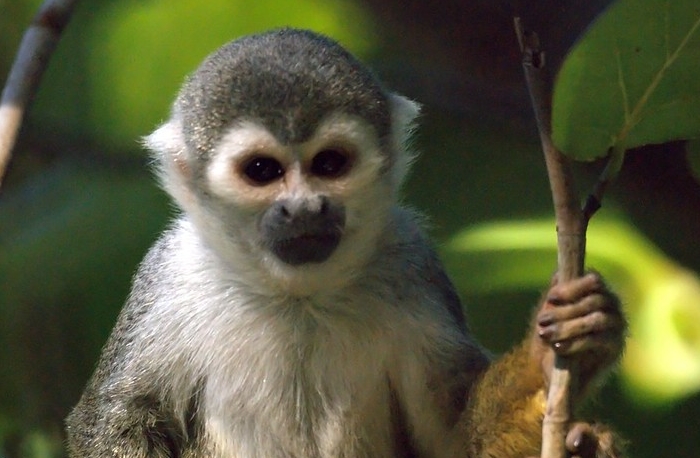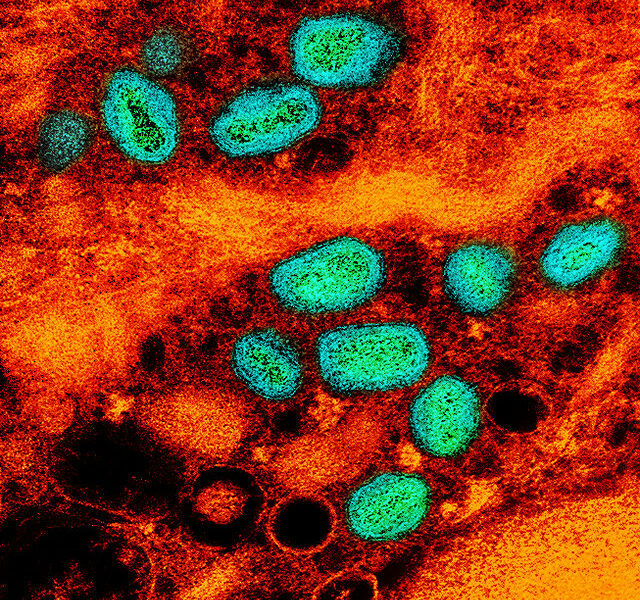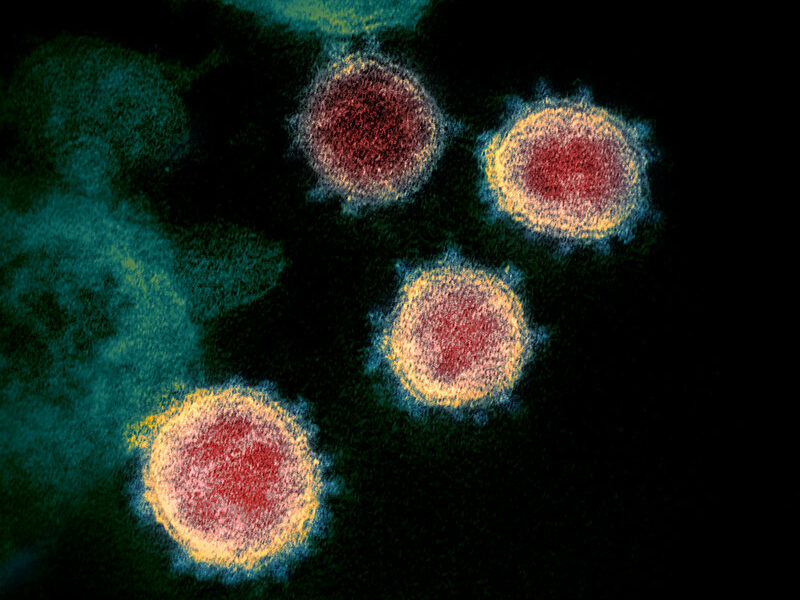By: Kyle Martin
Image courtesy of Mike’s Birds via Flickr Creative Commons
Current Situation
Kyasanur Forest Disease (KFD), also known as Monkey Disease, is endemic to Karnataka, India, a state located in the southwest area of the country. Historically, there have been approximately 400-500 cases per year of KFD. Over the past year, there have been over 440 confirmed cases and 14 confirmed deaths KFD in Karnataka, with over 77% of cases occurring in the Shivamogga District (1). This number of confirmed cases is concerning because from 2005-2015, the average case counts had been significantly lower, leading virologists to believe that the disease was waning (4). This current spike in case counts, alongside the appearance of the disease outside of the endemic state of Karnataka, has created concern of a potential outbreak (1,4).
Kyasanur Forest Disease: Defined
Kyasanur Forest Disease is a zoonotic disease, meaning that humans obtain it through contact with an infected animal. Hard ticks are the reservoir for the virus and can easily pass it onto rodents and monkeys through a tick bite. KFD has a high fatality rate amongst infected animals, who will carry the disease until death. Humans can become infected though contact with a diseased animal, even if deceased, or an infected tick (2,3).
Once infected, there is a 3-5% chance of death among human populations. Most individuals will have mild symptoms, such as sudden onset of chills, fever, and a headache, within a week of infection. More severe symptoms such as vomiting, bleeding issues caused by reduced platelet counts, and abnormally low blood pressure are felt by some individuals as well. After 1-2 weeks of symptoms, most patients recover without complication and develop a strong life-long immunity to the disease (2,3).
While many patients recover from KFD without issue, there are about 10-20% of patients who face a second wave of much more severe symptoms. These include intense fevers, mental disturbances, severe headaches, vision deficits, and tremors. It is normally amongst this population of patients where fatality from the disease occurs (2). There are no direct treatments for the disease, but early hospitalization and supportive therapy, such as supplemental hydration, are important to minimize disease burden (2).
Public Health Response
In an inter-departmental workshop focused on KFD, Karnataka district leaders directed officials of the Health and Family Welfare, Animal Husbandry, Forest, Public Instruction, and Rural Development departments to work together to fight the spread of this disease. The focus of this work will be to increase the field-level surveillance of the disease by collecting tick samples and viscera samples of deceased primates in order to clinically confirm the locations of the disease (1).
A vaccine drive has already commenced, as well as updated trainings for the Rapid Response teams in the 12 affected districts (1). Vaccination is a two-part process that has an effectiveness rate of 65%. The effectiveness increases to 83% for individuals who receive an additional dose. With low vaccine effectiveness, the best prevention methods are education campaigns (5). Large-scale awareness programs at educational institutions of all levels have also been urged by district leaders, with the focus being on wearing protective clothing such as gloves and long-sleeved garments when out in the endemic areas (1).
References
- https://www.thehindu.com/news/national/karnataka/officials-urged-to-work-together-to-fight-kfd-in-shivamogga/article29762293.ece
- https://www.cdc.gov/vhf/kyasanur/index.html
- https://www.ncbi.nlm.nih.gov/pmc/articles/PMC3513490/
- https://agupubs.onlinelibrary.wiley.com/doi/pdf/10.1029/2018GH000164
- https://www.ncbi.nlm.nih.gov/pmc/articles/PMC3554520/


